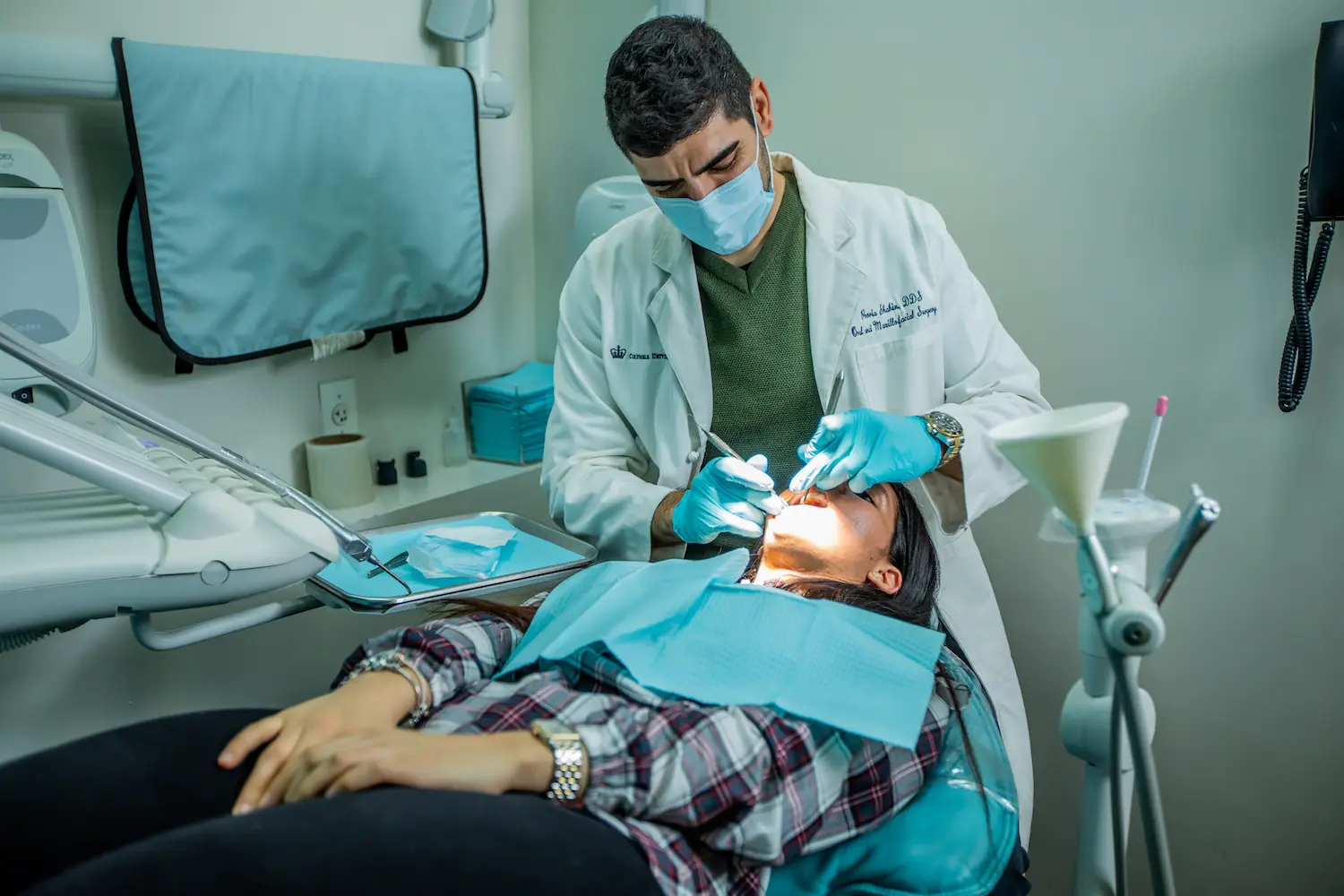Dental X-Rays

As one of the most essential diagnostic and preventative tools in dentistry, dental X-rays or digital radiographs are routinely used during dental visits. They reveal valuable information not visible to the naked eye and can detect health problems that would otherwise go unnoticed, saving you time, money, and unnecessary pain.

Our Brooklyn dentist, Dr. Pooria Shahin, and our dental hygienists use information collected by X-rays to create an accurate and individualized treatment plan for each patient. With X-rays, they can catch dental issues before they become bigger problems.
Patients commonly ask, are X-rays safe?
The answer is, yes! X-rays are quick, painless, and safe to use. Every day, we are exposed to radiation from natural sources, and that amount of radiation is the same amount produced in an X-ray. It is a relatively small amount of radiation, and it gives us vital information. Although X-rays are completely safe, dentists take precautions to limit their patients’ radiation exposure by using lead aprons that protect the body, and fast film that reduces radiation exposure time in each X-ray.

Our dentist, Dr. Pooria Shahin, and our dental hygienists use information collected by X-rays to create an accurate and individualized treatment plan for each patient. With X-rays, they can catch dental issues before they become bigger problems.